Rossetti Context: Women
0.0(0)
0.0(0)
Card Sorting
1/8
Earn XP
Description and Tags
Study Analytics
Name | Mastery | Learn | Test | Matching | Spaced |
|---|
No study sessions yet.
9 Terms
1
New cards
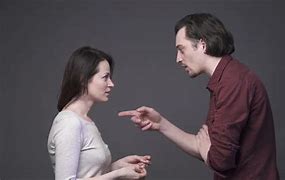
What struggles did married women face?
Marriages for Victorian women became contracts which were extremely difficult if not impossible to get out of during the Victorian era. Women's rights groups fought for equality and over time made strides in attaining rights and privileges; however, many Victorian women endured their husband's control and even cruelty, including sexual violence, verbal abuse, and economic deprivation, with no way out. While husbands participated in affairs with other women, wives endured infidelity, as they had no rights to divorce on these grounds, and divorce was considered to be a social taboo.

2
New cards

What were Pater Familias?
In the Victorian era, the ideology of Pater Familias, where the husband was the head of the household and the moral leader of his family, was firmly entrenched in British culture. A wife was expected to love, honour and obey her husband, and was subservient to him - she had to look after his needs.

3
New cards

Conventry Patmore - The Angel in The house
“Man must be pleased; but him to please is woman's pleasure”
Virgina Woolf described the angel in this poem as ”so constituted that she never had a mind but preferred to sympathize with others. She excelled in family life and her purity was her chief beauty.”
Virgina Woolf described the angel in this poem as ”so constituted that she never had a mind but preferred to sympathize with others. She excelled in family life and her purity was her chief beauty.”

4
New cards
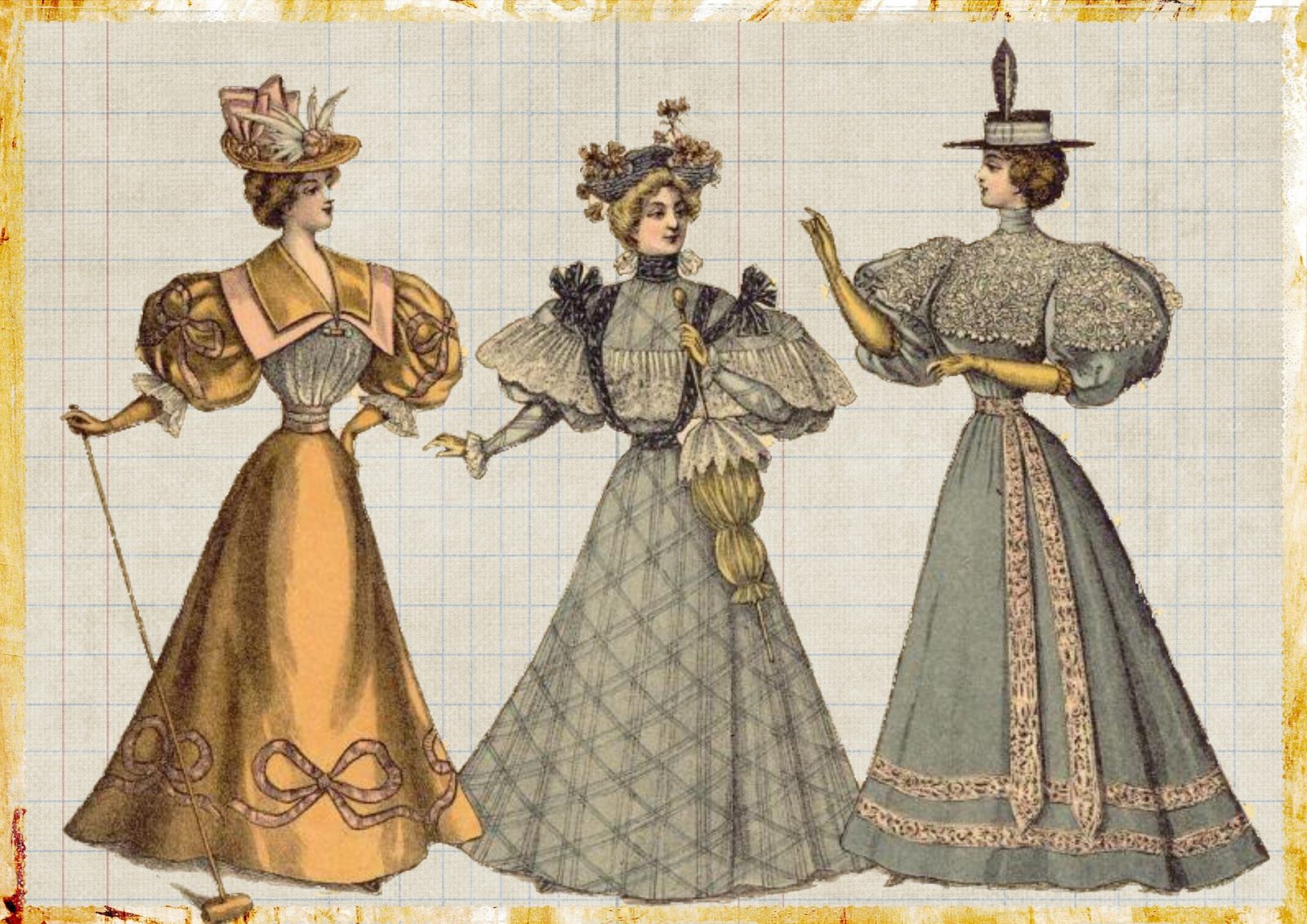
What were the middle-class women’s reactions to the ideas of Pater Familias?
Literary critics of the time said that providing feminine qualities of sympathy, sensitivity and delicacy gave women novalist a superior insight into stories about home, family and love - which appealed to many middle-class women.
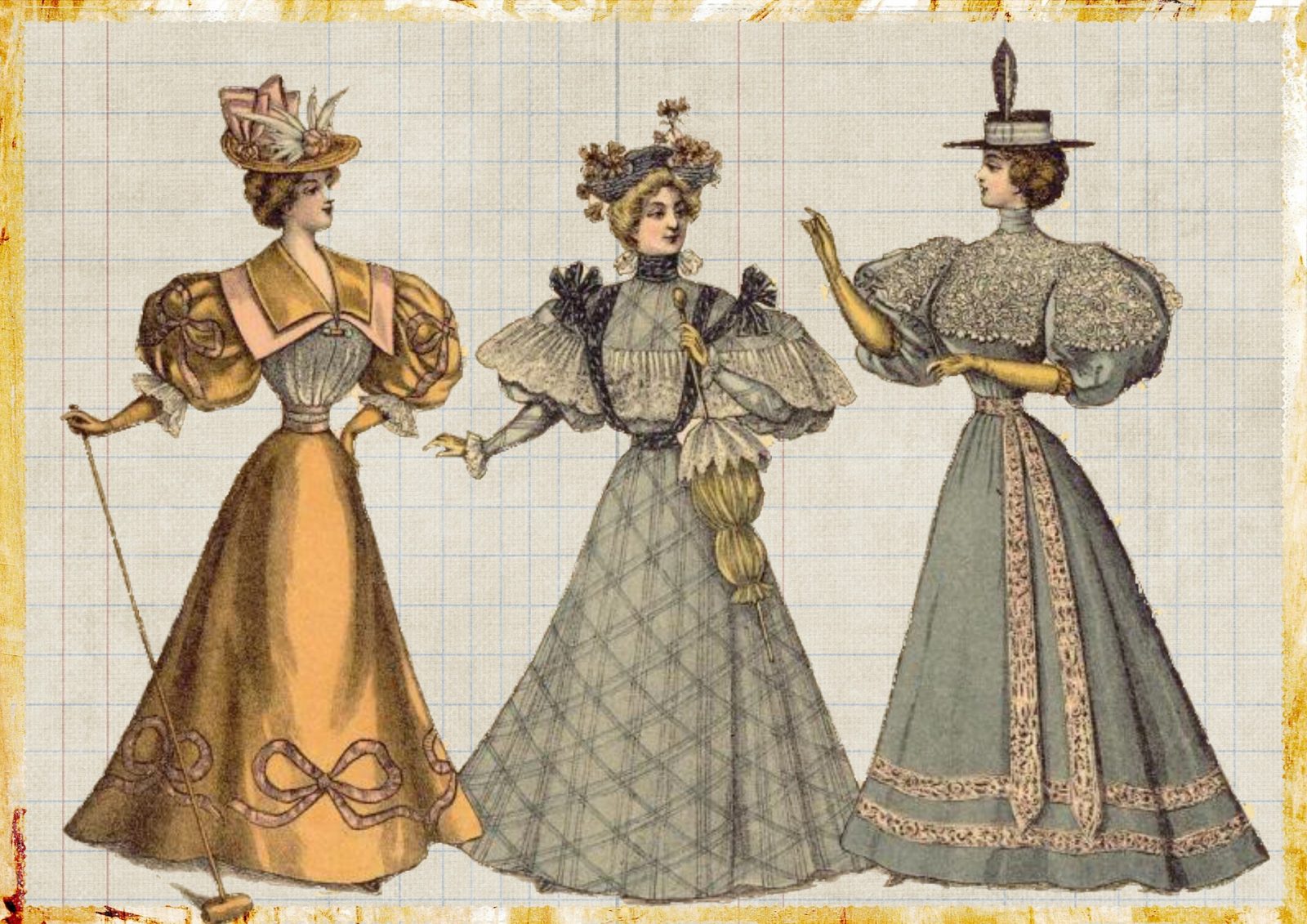
5
New cards

How did feminists react to the ideas of Pater Familias?
Early feminists desired aspirations beyond life at home. The idea of a “new Woman” emerged, who rode a bicycle, wore bloomers, signed petitions and talked about voting and mission activities. These New women rejected “The Angel of the house” since they felt it was holding back their aspirations.

6
New cards
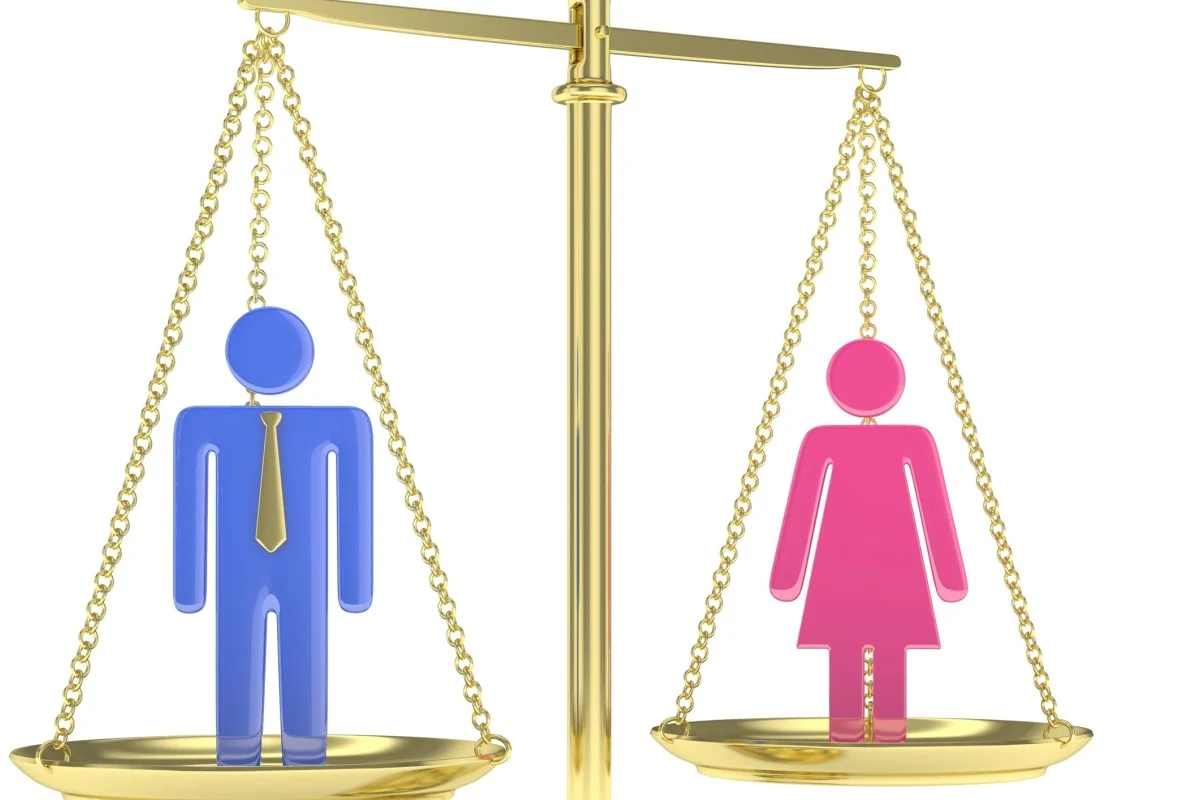
What was legal discrimination like?
Women’s rights were hardly recognised like men’s were. They lost the rights to their property after marrying. the husband controlled their income, and women could not open bank accounts or sign contracts without their husband’s approval, making it extremely difficult for a woman to leave a failed marriage, or control her finances.
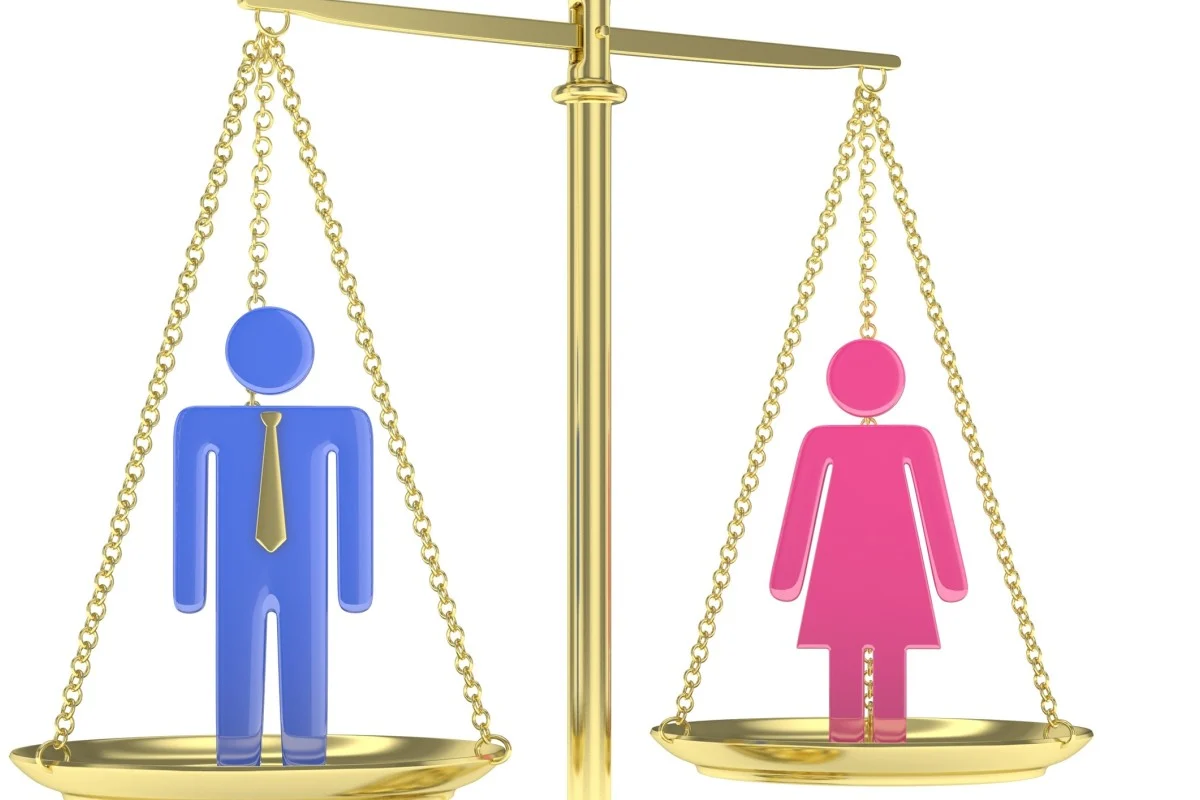
7
New cards
What protection did women have against domestic violence?
Domestic violence was given increasing attention by social and legal reformers as the 19th century continued. Legal protection however, was not granted to women until the Criminal Procedure Act of 1853. This act did not ban violence by a man against his wife unfortunately, it instead limited how much force a man could use.
8
New cards
What was getting a divorce like for women?
Changes in terms of custody of the children and marriage rights slowly started to change. The Custody of Infants Act 1839 gave mothers of unblemished character access to their children in the event of separation or divorce, and the Matrimonial Causes Act 1857 gave women limited access to divorce. However, while the husband only had to prove his wife’s adultery, a woman had to prove that her husband committed adultery, AND either incest, bigamy, cruelty or desertion.
9
New cards
How was sexuality viewed in terms of women?
The ideal Victorian woman was pure, refined and modest - supported by their etiquette and manners. Openly discussing sex was frowned upon by many and seen as embarrassing. However, men often made entertainment out of a ladies’ bloomers, including in magazines and music hall skits. It was believed that women did not experience sexual desires, except to have a family. However, women were expected always meet their husband’s sexual desires. Men however, could have multiple sexual partners.